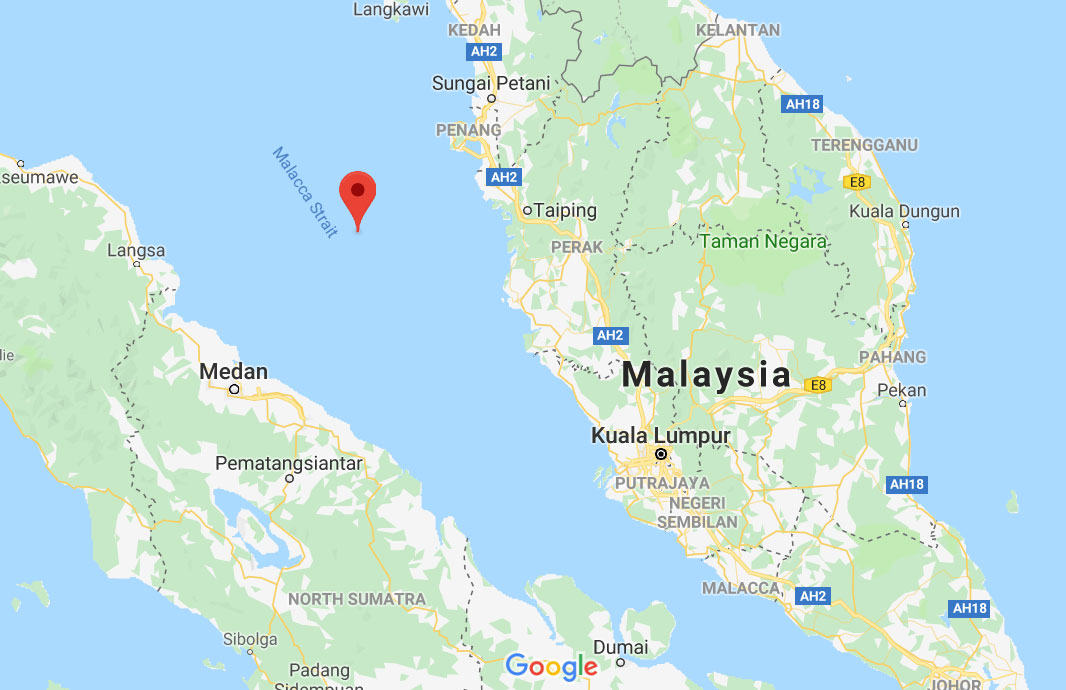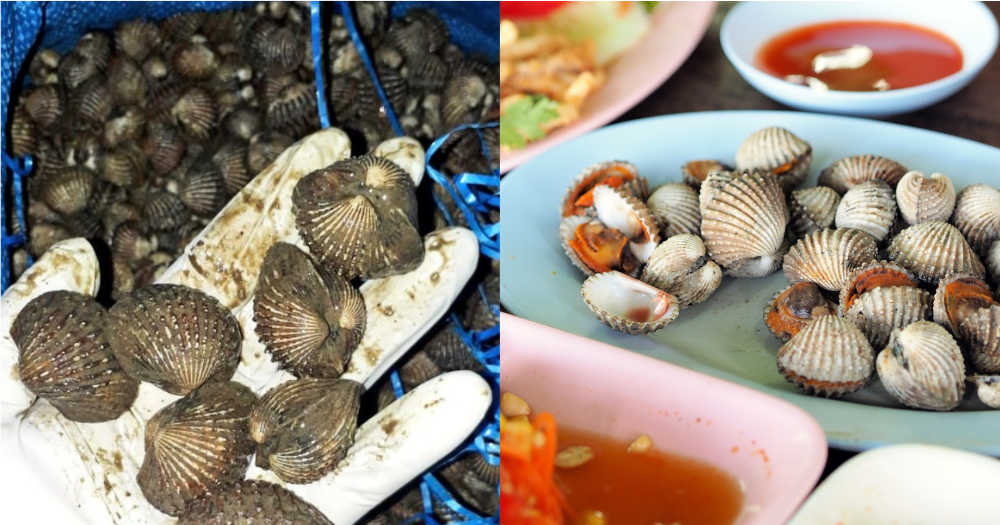According to The Star, a group of 25 scientists and researchers in Malaysia recently detected a high level of heavy metals in the Straits of Malacca.

The heavy metals are being absorbed by shellfish, such as cockles, which could be consumed by people, the researchers said.
Risk of heavy metal poisoning
A senior lecturer on marine biology programme, Ong Meng Chuan, shared that the waters of Johor, Port Klang and Pulau Pinang are likely to be contaminated with heavy metals such as arsenic, cadmium, plumbum and mercury.
Shellfish are sessile creatures in the sea, which means that they stay at a spot and filter food particles for consumption as water passes through them.
They might also consume the heavy metal particles, which will be passed down to predators, such as human beings, who eat them.
The research team also compared the water samples between the Straits of Malacca and the South China Sea.
They found that the Straits of Malacca is more polluted because the water is shallow and narrow and there are more industrial activities nearby recently.
The estuaries, where the freshwater rivers meet the seas, have slow currents.
This condition supports the breeding of shellfish but also allows metal contamination to sink and accumulate in the estuarine beds too.
Shellfish getting more expensive because of pollution
With those fertile breeding grounds, Malaysia has been a key supplier of shellfish to Singapore.
Some 40 percent of our shellfish comes from our neighbour up north.
In fact, metal contamination has already affected the supply of shellfish over the years, which resulted in shellfish becoming more expensive and harder to find in Singapore.
You might have noticed that there are lesser see-hum (cockles) in laksa and char kway teow these days.
That's because the contamination in the waters has worsened, affecting the harvest of see-hum in Malaysia -- the latest being in 2018.
Malaysia's production of cockles has dropped at least six times over a decade from 100,000 tonnes in 2005 to only 16,000 tonnes in 2015.
Other pollutants from agricultural, industrial and construction sites have been detected in Penang too prior to this latest incident.
Should Singaporeans stop eating shellfish?
In response to Mothership.sg queries, the Singapore Food Agency (SFA) said that Malaysia is not the only source country where shellfish is imported from.
Singapore also imports shellfish from China, India, Indonesia and Vietnam as part of the country's food diversification strategy.
SFA has assured that the shellfish from Malaysia meets the Singapore authority's food safety requirement.
But Singaporeans are advised to eat them in moderation.
SFA said:
"While tests of shellfish from Malaysia meet our food safety requirements, shellfish accumulate environmental contaminants and naturally will have some levels of heavy metals. Therefore, to avoid exposure to high levels of heavy metals through consumption, consumers should eat shellfish in moderation."
For food that is more susceptible to food-borne diseases, SFA will conduct more stringent checks.
This is to adopt a risk-based approach to food safety, guided by a science-based risk assessment and management approach that is consistent with international standards.
This means that food that is more susceptible to food-borne diseases are subjected to more stringent checks, regardless of their country of origin.
SFA will check and ensure imported food safety utilising the following steps:
- Pre-import source accreditation for certain food types
- Post-import inspection and sampling (at point of import, farms/ abattoirs/ food processing factories and retail markets)
- Laboratory testing
- Regulations, horizon scanning and collaboration among different agencies and overseas counterparts
- Recall of food products
- Industry and consumers playing their part to ensure food safety
- Public education on ensuring food safety
Bioaccumulation
In fact, bioaccumulation happens in the marine ecosystem affecting other sea creatures such as lobsters, prawns and crabs in the food chain.
In particular, apex predators like sharks (and us human beings) are likely to accumulate most amount of toxin over a long period of time.
For human beings, a build-up of heavy metal bioaccumulation can lead to various disorders.
In short, you can still eat shellfish but do not eat too much (this applies to other seafood too).
Top photo collage from Eak.K via Pixabay and @SatkerPanipahan
If you like what you read, follow us on Facebook, Instagram, Twitter and Telegram to get the latest updates.
